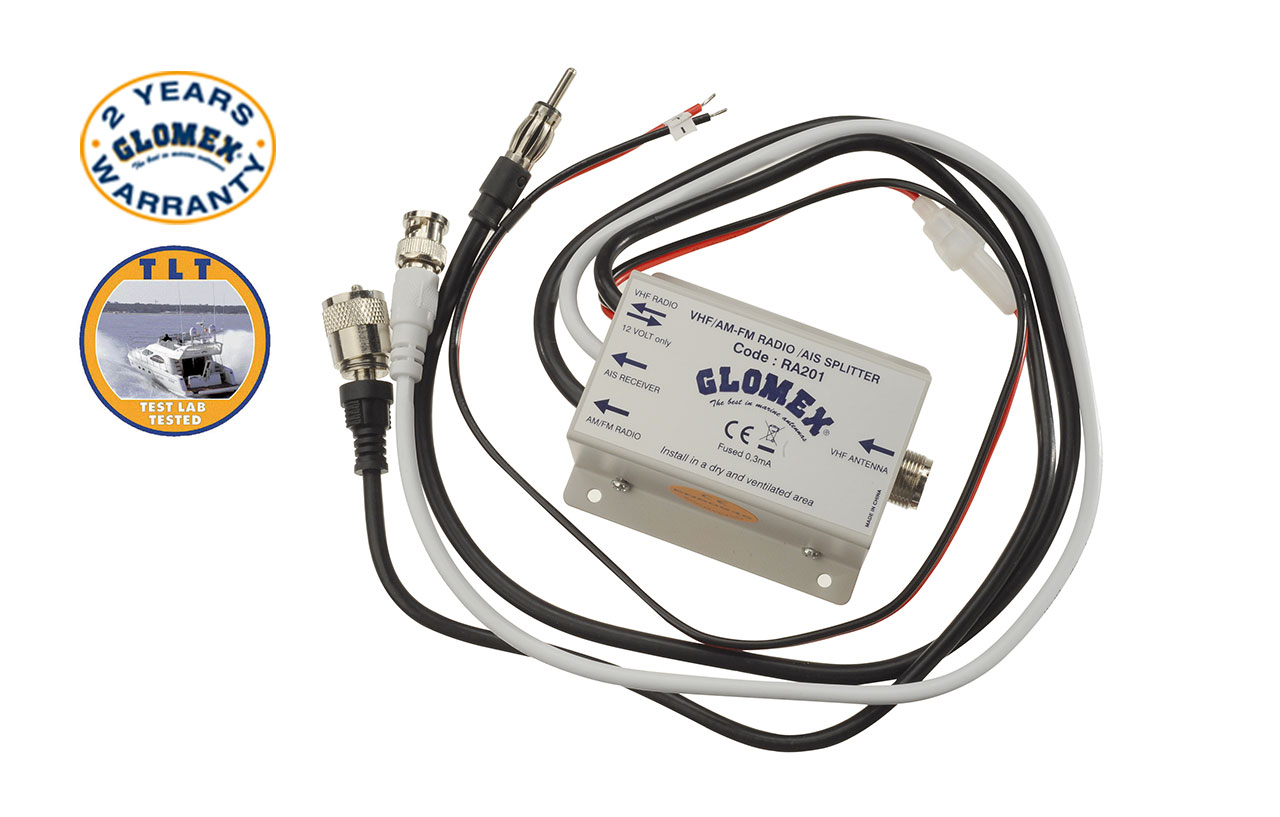Looking to add an ais transceiver. Using the existing vhf antenna makes sense.
The transceiver splitters are all priced around $250 to 300.
There is a glomax receive only for $30.
How much difference is there between the 2 systems? Will the glomax not work at all or is it a matter of signal degradation? In some technology situations I've seen a "cant work" only because of technical certification. If there is only negligible signal loss, then for me that may be just fine. As an example, a 25 mile vs 24 mile range would be acceptable to me. But 30 vs 5 would not.
So whats the difference between the two?
The transceiver splitters are all priced around $250 to 300.
There is a glomax receive only for $30.
How much difference is there between the 2 systems? Will the glomax not work at all or is it a matter of signal degradation? In some technology situations I've seen a "cant work" only because of technical certification. If there is only negligible signal loss, then for me that may be just fine. As an example, a 25 mile vs 24 mile range would be acceptable to me. But 30 vs 5 would not.
So whats the difference between the two?




